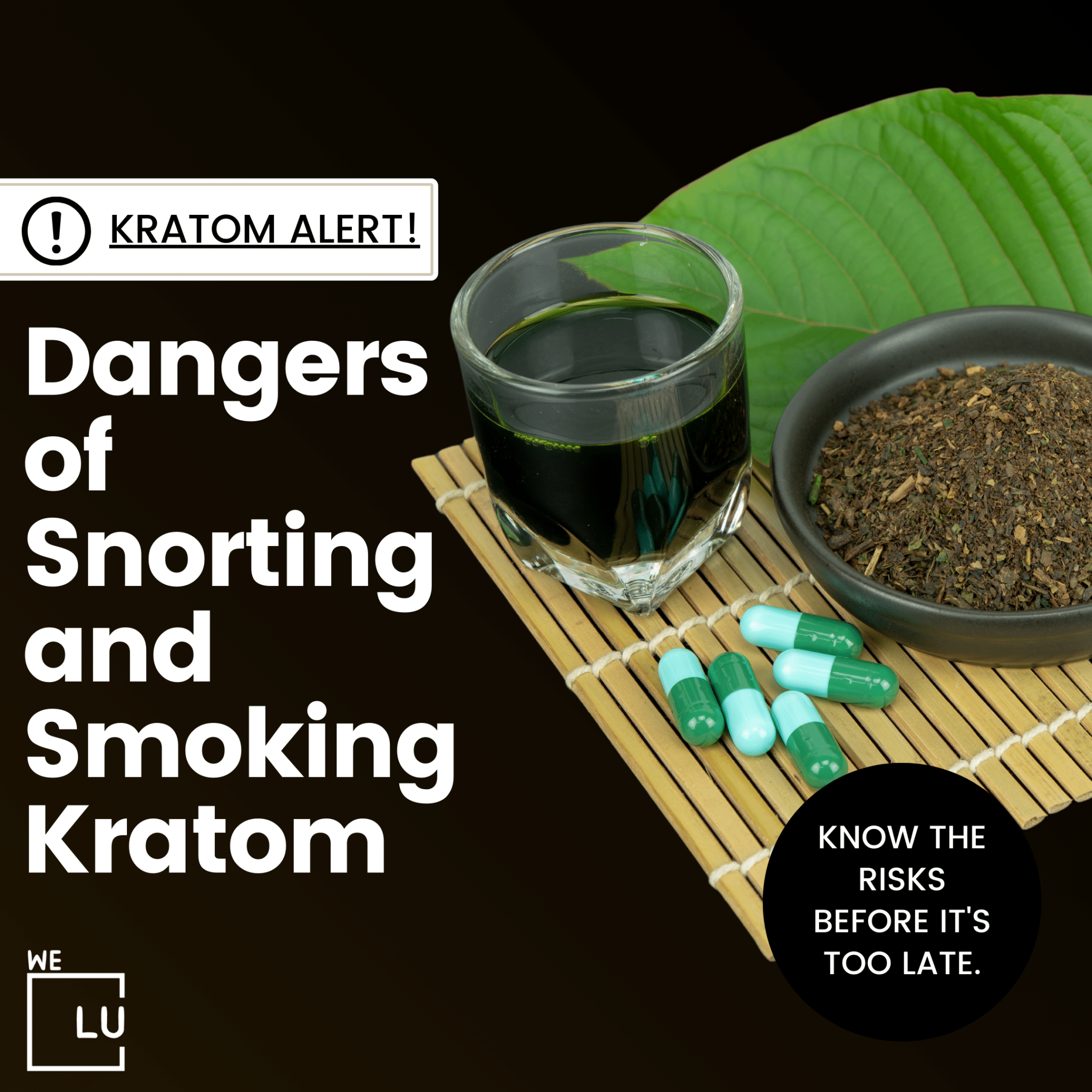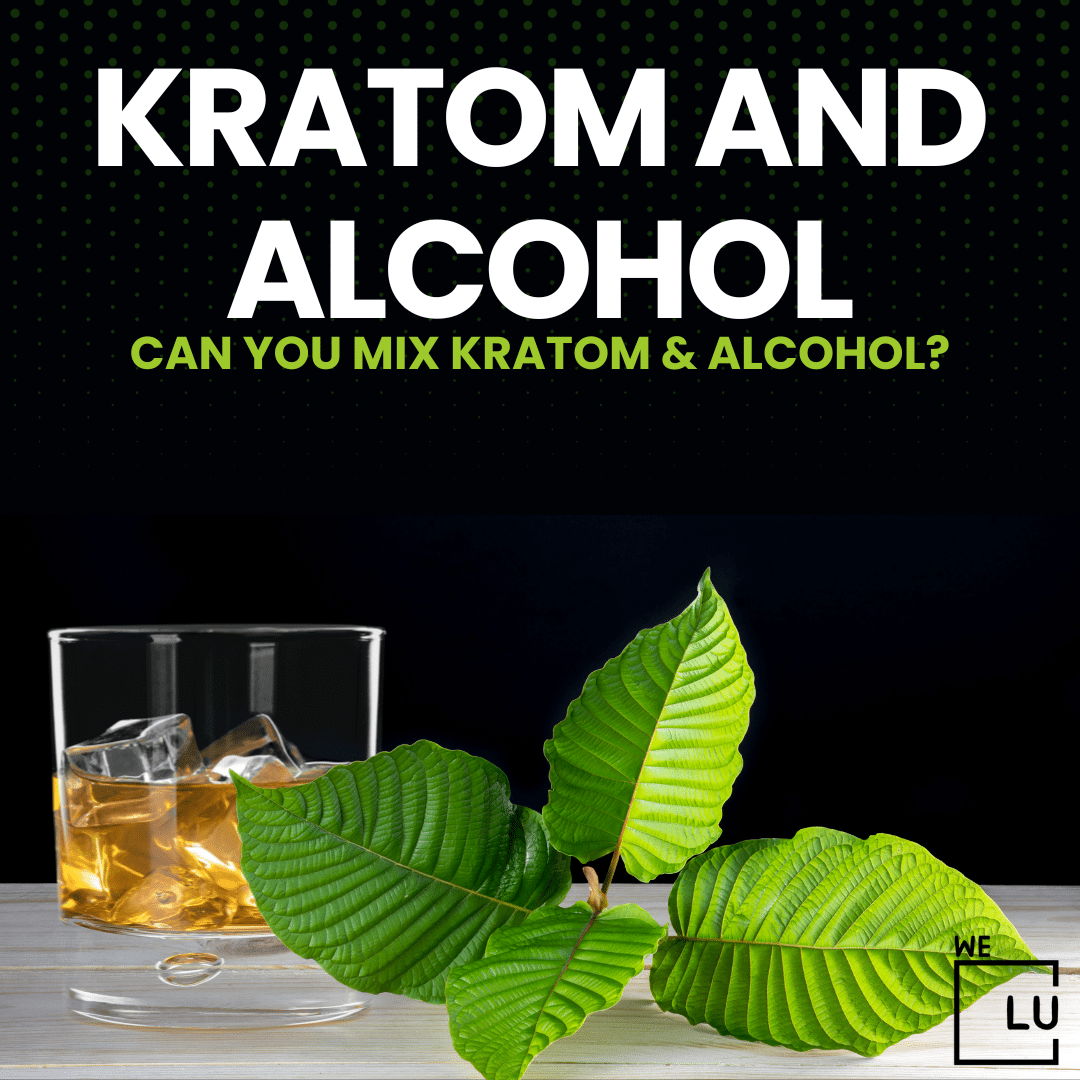How Strong Is Fentanyl?
Fentanyl is an extremely potent synthetic opioid analgesic, meaning it is a powerful pain-relieving medication. It is estimated to be 50 to 100 times more potent than morphine and about 50 times more potent than heroin. Due to its high potency, it is used medically in situations where other opioids may not be effective in managing severe pain, such as during surgery or for patients with chronic pain who have developed a tolerance to other opioids.
However, the potency of fentanyl also makes it highly dangerous when not used as prescribed or when obtained illicitly. Illicitly produced or distributed fentanyl has been a significant factor in the opioid epidemic, contributing to a large number of overdose deaths. The small amount of the drug required to produce a powerful effect increases the risk of overdose, as it is easy for individuals to take a lethal dose accidentally.
The high potency of fentanyl is a double-edged sword. While it can be very effective for pain management when used appropriately in a medical setting, it also poses a higher risk of overdose when misused or abused. Illicitly manufactured fentanyl has been a significant contributor to opioid-related overdoses, as even a small amount of the drug can have a powerful and potentially lethal effect. Individuals need to use these medications only as prescribed by a qualified healthcare professional.
Is Fentanyl Stronger Than Morphine?
Yes, fentanyl is significantly stronger than morphine. How much stronger is Fentanyl than Morphine? Fentanyl is estimated to be about 50 to 100 times more potent than morphine. This means that a much smaller amount of fentanyl is needed to produce a similar pain-relieving effect compared to morphine. While morphine is a commonly used opioid analgesic for managing pain, fentanyl is reserved for situations where higher potency is required, such as during surgery, for severe chronic pain, or for breakthrough pain in individuals who have developed tolerance to other opioids.
Is Fentanyl Stronger Than Dilaudid?
Fentanyl and hydromorphone (Dilaudid) are both potent opioid analgesics, but their potency relative to each other can vary based on the specific context and individual response. In general, fentanyl is often considered more potent than hydromorphone.
Fentanyl is estimated to be about 50 to 100 times more potent than morphine, and hydromorphone is typically considered to be about 5 to 10 times more potent than morphine. Therefore, fentanyl is generally more potent than hydromorphone.
Is Fentanyl Stronger Than Heroin?
Yes, fentanyl is generally considered to be stronger than heroin. How much stronger is Fentanyl than Heroin? Fentanyl is estimated to be about 50 to 100 times more potent than morphine, and since heroin is derived from morphine, fentanyl is significantly more potent than heroin as well.
Table Of How Much Stronger Fentanyl Is Than Morphine, Heroin, Dilaudid, and Oxycodone
A table comparing the potency of fentanyl relative to morphine, heroin, hydromorphone (Dilaudid), and oxycodone (OxyContin):
| Opioid | Potency Relative to Fentanyl |
|---|---|
| Morphine | 1x |
| Heroin | 1/50 to 1/100x |
| Hydromorphone | 1/5 to 1/10x |
| Oxycodone (OxyContin) | 1/1.5 to 1/2x |
These general estimates can vary based on individual responses and other factors. The values for heroin are expressed as a fraction because fentanyl is considered more potent, and the range indicates the variability in estimates. Always consult with a healthcare professional for personalized information regarding opioid medications.
Are There Drugs Stronger Than Fentanyl?
Fentanyl is already an extremely potent opioid, and its potency is such that it is among the strongest opioids used in medical practice. However, there isn’t a widely accepted opioid that is consistently recognized as being significantly more potent than fentanyl.
Carfentanil is another synthetic opioid that is related to fentanyl and is even more potent, with estimates suggesting it is approximately 100 times more potent than fentanyl. Carfentanil is not approved for human use and is used primarily as a tranquilizer for large animals, such as elephants. Due to its extreme potency, carfentanil poses an exceptionally high risk for overdose, and even tiny amounts can be lethal to humans. The illicit use of carfentanil has been associated with numerous opioid-related overdoses.
The potency of opioids is just one factor contributing to their risk. Various factors, including the purity of the substance, the route of administration, and individual tolerance levels, influence the potential for misuse, dependence, and overdose. Misuse of extremely potent opioids can have severe and life-threatening consequences, and anyone using such substances should seek immediate medical attention and support.

Skip To:
Learn More:
- Why Is Fentanyl So Dangerous? What is Fentanyl, Effect & Use
- What Is A Lethal Dose Of Fentanyl? Fentanyl Overdose Facts
- Fentanyl Facts, Effects, Use, And How Does Fentanyl Make You Feel?
- How Long Does Fentanyl Stay In Urine? Fentanyl Urine Testing and Half-life.
- Fentanyl Withdrawal, Timeline, Symptoms, Dangers, Medical Detox & Addiction
- Fentanyl Street Names. Brand, Generic, and Slang Names of Fentanyl.
- Fentanyl Overdose Symptoms, What Is Fentanyl? & Treatment
- Fentanyl Drug Addiction Treatment, Effects & Overdose

Get Your Life Back
Find Hope & Recovery. Get Safe Comfortable Detox, Addiction Rehab & Dual Diagnosis High-Quality Care.
Hotline (855) 695-1160
What Is Fentanyl?
Fentanyl is a powerful synthetic opioid analgesic, meaning it is a man-made drug designed to mimic the effects of natural opioids such as morphine and heroin. It is commonly used for pain management, especially in situations where other opioids may not be effective. Fentanyl is known for its high potency, making it suitable for medical use in cases of severe pain, such as during surgery, for chronic pain management, or breakthrough pain in individuals with opioid tolerance.
Key points about fentanyl include:
1. Potency: Fentanyl is estimated to be 50 to 100 times more potent than morphine and about 50 times more potent than heroin. This high potency is both a strength in medical contexts and a source of concern for its potential for misuse and overdose.
2. Medical Uses: In medical settings, fentanyl is often administered in various forms, including patches, injections, lozenges, and intravenous solutions, depending on the patient’s needs.
3. Illicit Use: Illicitly produced fentanyl has been a significant contributor to the opioid epidemic, especially when mixed with other drugs like heroin or cocaine without the user’s knowledge. The illicit use of fentanyl has led to a considerable number of opioid-related overdoses and deaths.
4. Risks and Side Effects: Like other opioids, fentanyl carries risks of dependence, addiction, and overdose. Side effects can include respiratory depression, sedation, confusion, constipation, and nausea.
5. Legal Status: Fentanyl is a prescription medication, and healthcare professionals should strictly supervise its use. Possession, distribution, or use of fentanyl without a prescription is illegal and can have severe legal consequences.
Individuals using fentanyl, whether medically prescribed or illicitly obtained, to be aware of its potency, potential risks, and the importance of using it only as directed by a qualified healthcare professional. Misuse of fentanyl can have severe and potentially life-threatening consequences.
How Fentanyl Affects The Brain
Fentanyl, like other opioids, exerts its effects primarily on the central nervous system, including the brain. It interacts with specific receptors in the brain called opioid receptors, which are part of the endogenous opioid system involved in pain modulation and reward.
Here’s how fentanyl affects the brain:
1. Opioid Receptor Binding: Fentanyl binds to mu-opioid receptors in the brain. These receptors are primarily associated with the pain-relieving effects of opioids.
2. Pain Relief: Fentanyl’s primary therapeutic effect is the relief of pain. Binding to mu-opioid receptors inhibits the transmission of pain signals and alters the perception of pain in the brain.
3. Reward System Activation: Opioid receptors are also present in brain regions associated with the reward system. Activation of these receptors can lead to a sense of euphoria or well-being. This is one reason why opioids, including fentanyl, have a potential for misuse and addiction.
4. Respiratory Depression: One of the significant risks of fentanyl use is respiratory depression. Opioid receptors are present in the brainstem, which regulates breathing. Excessive activation of these receptors by opioids can lead to slowed or shallow breathing, which is a potentially life-threatening side effect.
5. Tolerance and Dependence: With continued use of opioids like fentanyl, the body can develop tolerance, requiring higher doses to achieve the same effect. Additionally, dependence can develop, leading to withdrawal symptoms when the drug is discontinued.
6. Overdose Risk: Fentanyl’s high potency increases the risk of overdose. An overdose can result in severe respiratory depression, unconsciousness, and, in some cases, death.
The recreational or non-medical use of fentanyl, especially when obtained illicitly, significantly increases the risk of adverse effects and overdose. Seeking guidance from healthcare professionals and strictly adhering to prescribed dosages are crucial to minimize the risks associated with fentanyl use.
Get Help. Get Better. Get Your Life Back.
Searching for an Accredited Drug and Alcohol Rehab Centers in Near You?
Even if you have failed previously and relapsed, or are in the middle of a difficult crisis, we stand ready to support you. Our trusted behavioral health specialists will not give up on you. When you feel ready or just want someone to speak to about therapy alternatives to change your life call us. Even if we cannot assist you, we will lead you to wherever you can get support. There is no obligation. Call our hotline today.
FREE Addiction Hotline – Call 24/7Why Is Fentanyl So Dangerous?
Fentanyl is considered extremely dangerous for several reasons:
- High Potency: Fentanyl is 50 to 100 times more potent than morphine and about 50 times more potent than heroin. This means that even a small amount of fentanyl can have a powerful effect, increasing the risk of overdose.
- Risk of Respiratory Depression: Like other opioids, fentanyl can cause respiratory depression, a slowing or stopping of breathing. This is the primary cause of death in opioid overdoses. Due to its potency, the risk of respiratory depression is particularly high with fentanyl.
- Illicit Production and Distribution: Illicitly produced fentanyl is often mixed with other drugs, such as heroin or cocaine, without the user’s knowledge. The variability in the potency and composition of illicit fentanyl increases the risk of unintentional overdose.
- Rapid Onset of Effects: Fentanyl can act quickly in the body, leading to a rapid onset of both therapeutic effects and adverse reactions. This rapid onset contributes to the risk of overdose, especially if individuals are not aware of the potency of the substance they are using.
- Narrow Therapeutic Window: The difference between the therapeutic dose of fentanyl and a dose that can be lethal is relatively small. This narrow therapeutic window makes it challenging to use fentanyl safely outside of a controlled medical environment.
- Potential for Misuse and Addiction: Fentanyl, like other opioids, has the potential for misuse and addiction. The euphoric effects associated with opioid receptor activation in the brain’s reward system can lead to dependence and addiction, especially when used recreationally.
- Difficulty in Reversal: While opioid overdoses can often be reversed with the administration of naloxone, the potency of fentanyl may require larger or repeated doses of naloxone for effective reversal. Timely access to emergency medical care is crucial.
Due to these factors, individuals need to use fentanyl only as prescribed by a qualified healthcare professional and for the intended medical purpose. Illicit use of fentanyl poses significant risks, and anyone using opioids, whether medically or recreationally, should be aware of the potential dangers and seek help if needed.
Comfortable Facilities & Amenities
High-Quality Addiction & Mental Health Rehabilitation Treatment
Rehab Centers TourRenowned California Addiction Center. Serene Private Facilities. Inpatient rehab programs vary.
Addiction Helpline (855) 695-1160Proven recovery success experience, backed by a Team w/ History of:
15+
Years of Unified Experience
100s
5-Star Reviews Across Our Centers
10K
Recovery Success Stories Across Our Network
- Low Patient to Therapist Ratio
- Onsite Medical Detox Center
- Comprehensive Dual-Diagnosis Treatment
- Complimentary Family & Alumni Programs
- Coaching, Recovery & Personal Development Events
Fentanyl Overdose
A fentanyl overdose occurs when an individual takes more fentanyl than their body can tolerate, leading to serious and potentially life-threatening symptoms. Fentanyl is an extremely potent opioid, and even a small amount can cause overdose. The risk is higher when fentanyl is used illicitly or when there is an unintentional mix with other substances.
Symptoms of a fentanyl overdose may include:
- Respiratory Depression: This is a critical symptom of opioid overdose. It involves slow, shallow, or stopped breathing. In severe cases, it can lead to respiratory arrest.
- Extreme Drowsiness or Unconsciousness: Fentanyl can cause a profound state of sedation, making the person extremely drowsy or unconscious.
- Pinpoint Pupils: Opioid overdose, including fentanyl overdose, often causes pupils to constrict and appear as small “pinpoints.”
- Cold and Clammy Skin: The skin may become pale, cold, and clammy as blood circulation decreases.
- Blue or Purple Lips and Fingernails: A lack of oxygen in the blood can cause the skin and lips to take on a bluish or purplish tint.
- Weak Pulse: A weak or slow pulse may be present as the heart rate decreases.
- Inability to Respond or Awaken: The person may be unresponsive or difficult to awaken.
If you suspect a fentanyl overdose, it is crucial to seek emergency medical help immediately. Time is of the essence, and prompt intervention can be life-saving. Emergency responders, such as paramedics or hospital staff, may administer naloxone, an opioid receptor antagonist, to reverse the effects of the overdose.
If you are trained to administer naloxone, follow the instructions provided with the medication. However, naloxone is not a substitute for professional medical care, and emergency medical services should be contacted promptly.
If you suspect someone is experiencing a fentanyl overdose, do not hesitate to call emergency services right away. Always prioritize the safety and well-being of the individual and seek immediate medical assistance.

World-class, Accredited, 5-Star Reviewed, Effective Addiction & Mental Health Programs. Complete Behavioral Health Inpatient Rehab, Detox plus Co-occuring Disorders Therapy.
CALL (855) 695-1160End the Addiction Pain. End the Emotional Rollercoaster. Get Your Life Back. Start Drug, Alcohol & Dual Diagnosis Mental Health Treatment Now. Get Free No-obligation Guidance by Substance Abuse Specialists Who Understand Addiction & Mental Health Recovery & Know How to Help.
Fentanyl Addiction
Fentanyl, like other opioids, has a high potential for addiction due to its impact on the brain’s reward system. The compulsive use of a substance characterizes addiction despite negative consequences. Several factors contribute to the addictive nature of fentanyl:
- Reward System Activation: Fentanyl binds to mu-opioid receptors in the brain, activating the brain’s reward system. This activation can lead to feelings of euphoria and pleasure, reinforcing the desire to use the drug.
- Tolerance Development: With continued use of fentanyl, the body may develop tolerance, requiring higher doses to achieve the same effects. This tolerance can contribute to escalating use, increasing the risk of addiction.
- Physical Dependence: Regular use of fentanyl can lead to physical dependence, where the body adapts to the presence of the drug. Abruptly stopping or reducing the dosage can result in withdrawal symptoms, reinforcing the need to continue using the drug.
- Psychological Dependence: Fentanyl can also lead to psychological dependence, where individuals feel a strong emotional or psychological need for the drug to cope with stress, anxiety, or other emotional states.
- Cravings: Over time, individuals with fentanyl addiction may experience intense cravings for the drug, making it difficult to resist use even when they are aware of the negative consequences.
- Social and Environmental Factors: Factors such as social environment, peer influence, and availability of the drug can contribute to the development and maintenance of fentanyl addiction.
Addiction is a complex condition with biological, psychological, and social components. Overcoming fentanyl addiction often requires comprehensive treatment, which may include:
- Medical Detoxification: Managed withdrawal from the drug under medical supervision to address physical dependence.
- Behavioral Therapies: Psychological interventions to address the underlying issues contributing to addiction and help individuals develop coping strategies.
- Support Groups: Participation in support groups or counseling to connect with others facing similar challenges.
- Medication-Assisted Treatment (MAT): The use of medications, such as methadone or buprenorphine, in combination with counseling and behavioral therapies.
- Ongoing Support: Continued support and aftercare to help individuals maintain their recovery and prevent relapse.
If you or someone you know is struggling with fentanyl addiction, seeking help from healthcare professionals, addiction specialists, or addiction treatment centers is crucial for a comprehensive and effective approach to recovery.
Experience Transformative Recovery at the We Level Up California Treatment Center.
See our authentic success stories. Get inspired. Get the help you deserve.



Start a New Life
Begin with a free call to an addiction & behavioral health treatment advisor. Learn more about our dual-diagnosis programs. The We Level Up treatment center network delivers recovery programs that vary by each treatment facility. Call to learn more.
- Personalized Care
- Caring Accountable Staff
- World-class Amenities
- Licensed & Accredited
- Renowned w/ 100s 5-Star Reviews
We’ll Call You
Joey’s Opiates Alcohol Drugs Addiction Recovery Story After Death of His Son at 26 From Fentanyl OD
Search We Level Up CA, How Strong Is Fentanyl Drug & Alcohol Rehab / Detox & Mental Health Topics & Resources
Sources
- National Institute on Drug Abuse. (2016). Fentanyl.
- Fentanyl DrugFacts – National Institute on Drug Abuse
- Drug Enforcement Administration. (2017). Drugs of Abuse.
- Fentanyl – U.S. Drug Enforcement Administration (DEA) (dea.gov)
- U.S. Drug Enforcement Administration. (2017). Drugs of Abuse: A DEA Resource Guide.
- Department of Health and Human Services (HHS) – Opioid Crisis: https://www.hhs.gov/opioids/
- NIDA. “Fentanyl DrugFacts.” National Institute on Drug Abuse, 1 Jun. 2021, https://nida.nih.gov/publications/drugfacts/fentanyl Related: Drug Stronger Than Fentanyl, Drugs What Is Stronger Than Fentanyl, New Drug Stronger Than Fentanyl, How Much Stronger Is Fentanyl Than Heroin, How Much Stronger Is Fentanyl Than Morphine, Is Dilaudid Stronger Than Fentanyl,
- Substance Abuse and Mental Health Services Administration. (2019). Key Substance Use and Mental Health Indicators in the United States: Results from the 2018 National Survey on Drug Use and Health. Related: Drug Stronger Than Fentanyl, Drugs What Is Stronger Than Fentanyl, New Drug Stronger Than Fentanyl, How Much Stronger Is Fentanyl Than Heroin, How Much Stronger Is Fentanyl Than Morphine, Is Dilaudid Stronger Than Fentanyl,




